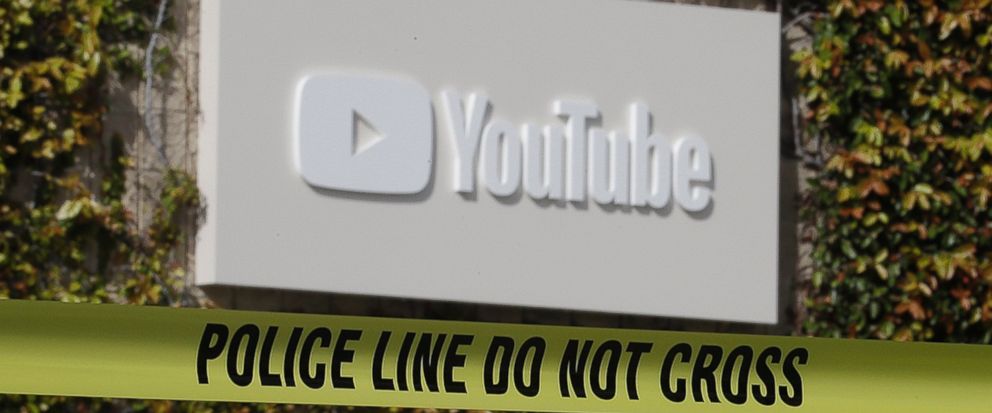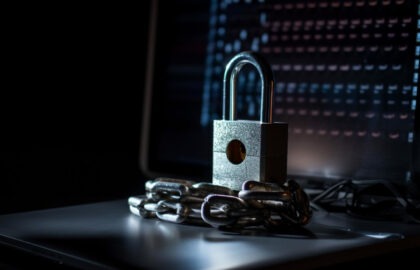AP EXPLAINS: What causes YouTube to take down videos?
YouTube often takes action against videos that violate its guidelines , and has well-established procedures for doing so. The "YouTubers" who produce videos and post them on the site aren't always happy about its decisions, but their discontent rarely leads to violence.
That may have changed Tuesday, when Nasim Aghdam — herself a YouTuber — shot and wounded three people at YouTube headquarters in San Bruno, California, before killing herself.
The 39-year-old told family members that she believed the company was suppressing her videos, which included segments about veganism, animal cruelty and exercise, along with glamour shots of herself. YouTube had no comment about any actions related to Aghdam's videos.
But Aghdam's father said his daughter was angry that YouTube stopped paying for videos she posted on the platform and warned police she might go to the company's headquarters. Here's a brief explanation of YouTube's video policies and the steps it can take against violators.
———
YOUTUBE RULES
The tragic shooting highlights the often difficult balance that YouTube tries to strike between protecting freedom of expression and barring videos that violate its prohibitions against violence, extremism and other objectionable material.
YouTube, which is owned by Google, doesn't allow nudity, hate speech, violent behavior, harassment or bullying or impersonating others, among other things. Posting copyrighted material is also forbidden. But the site has over a billion users in 88 countries and 1 billion hours watched daily, it says, and that can be difficult to police.
"The scale of the challenge is something that's hard for anyone to wrap their minds around," said Paul Verna, a principal analyst at eMarketer. "It's a little bit like the game whack-a-mole."
———
ADVERTISING LIMITS
YouTube has been tightening restrictions for its ad program since last year, when some large corporations began boycotting the site because their ads were turning up next to clips promoting terrorism and racism. That March, Google promised to hire more human reviewers and upgrade its technology to keep ads away from repugnant videos.
In January, YouTube changed a key benchmark for a program that lets YouTubers with smaller audiences make money from advertising that appears next to their videos. The change, the company said, aimed to strengthen "requirements for monetization" to prevent spammers and other malicious actors from exploiting the service.
The change meant that YouTubers wouldn't get paid unless they had more than 1,000 subscribers with 4,000 hours of viewing time in the past year. Previously, they only needed 10,000 lifetime views of their video channels.
———
A BIGGER HAMMER
Some famous YouTubers have gotten crosswise with the site. YouTube star Logan Paul caused a furor in January after he posted video of himself in a Japanese forest Mount Fuji near what appeared to be a body hanging from a tree. YouTube suspended the 22-year-old at the time for violating its policies.
But Paul returned and subsequently posted a video of himself using a Taser on dead rats. That spurred YouTube to temporarily suspend all ads from Paul's channel after what it called a pattern of behavior unsuitable for advertisers.
It also led YouTube to update its policies with new steps it can take against violators. It can now slap age restrictions on some material, shut off the flow of money from ads, delete particular videos and blacklist channels from its powerful recommendation and trending lists. A "strike system" can eventually lead to a channel being terminated altogether.
In February 2017, YouTube distanced itself from Felix Kjellberg, a top YouTube star known online as PewDiePie, after he made jokes construed as anti-Semitic and posted Nazi imagery in his videos.
At the time, YouTube canceled the release of the second season of Kjellberg's reality show "Scare PewDiePie" and removed the PewDiePie channel from an advertising program that brought together popular YouTube videos for advertisers to buy time on.
- Star
Add Interests Customize your news feed by choosing the topics that interest you.
To save your interests across all devices Log In or Sign Up »Source – abcnews.go.com






